Estilos de aprendizaje visual-auditivo-kinestésico (VAK) y su relación con los logros de aprendizaje de matemática en estudiantes del cuarto grado de primaria de la IE N° 60014 Santo Cristo de Bagazán de Belén en el año 2024
Abstract
The aim was to determine the relationship between learning styles and the learning achievement in the area of mathematics of the fourth grade students at the primary level of the educational institution N° 60014, of Belen, 2024. It was applied a questionnaire to 87 children. The study was descriptive – relational and not experimental. It used the non-parametric statistical test Spearman´s Rho. The resulted between visual learning styles with the resolution of quantity problems Rho = 0.511, p=< 0.05; between visual learning styles with the resolution of regularity, equivalence and change problems Rho = -0.254, p< 0.05; between auditory learning styles with the resolution of quantity problems Rho = -0.232, p< 0.05 and between kinesthetic learning styles with the resolution of shape, movement and location problems Rho = 0.254, p< 0.05. Conclusion: there is a positive and significative relationship between visual styles with the resolution of quantity problems; there is a negative and significative relationship between visual styles with the resolution of regularity, equivalence and change problems; there is a negative and significative relationship between auditory styles with the resolution of quantity problems and there is a positive and significative relationship between kinesthetic styles with resolution of shape, movement and location problems El objetivo fue determinar la relación entre estilos de aprendizaje visual, auditivo, kinestésico (VAK) con los logros de aprendizaje de matemática en estudiantes del cuarto grado de primaria de la Institución Educativa 60014 de Belén en el año 2024. Se aplicó un cuestionario a 87 niños. El estudio fue descriptivo-relacional y no experimental. Se empleó el coeficiente Rho de Spearman. El resultado entre el estilo visual con la resolución de problemas de cantidad fue Rho=0.511, p< 0.05; entre el aprendizaje visual con la resolución de problemas de regularidad, equivalencia y cambio Rho=-0.254, p< 0.05 y entre el aprendizaje kinestésico con la resolución de problemas de forma, movimiento y localización Rho=0.254, p< 0.05. Conclusión: existe correlación positiva significativa entre estilo visual con la resolución de problemas de cantidad; existe correlación negativa significativa entre estilo visual con la resolución de problemas de regularidad, equivalencia y cambio; existe correlación negativa significativa entre estilo auditivo con la resolución de problemas de cantidad; existe correlación positiva significativa entre estilo kinestésico con la resolución de problemas de forma, movimiento y localización.
Collections
- Tesis [141]


